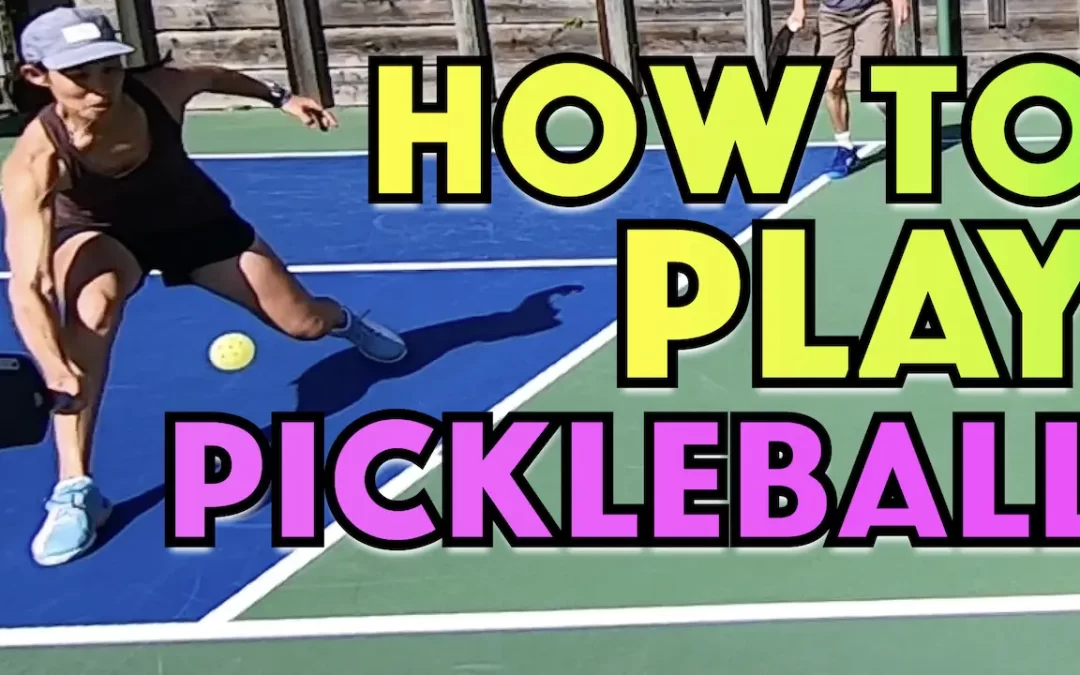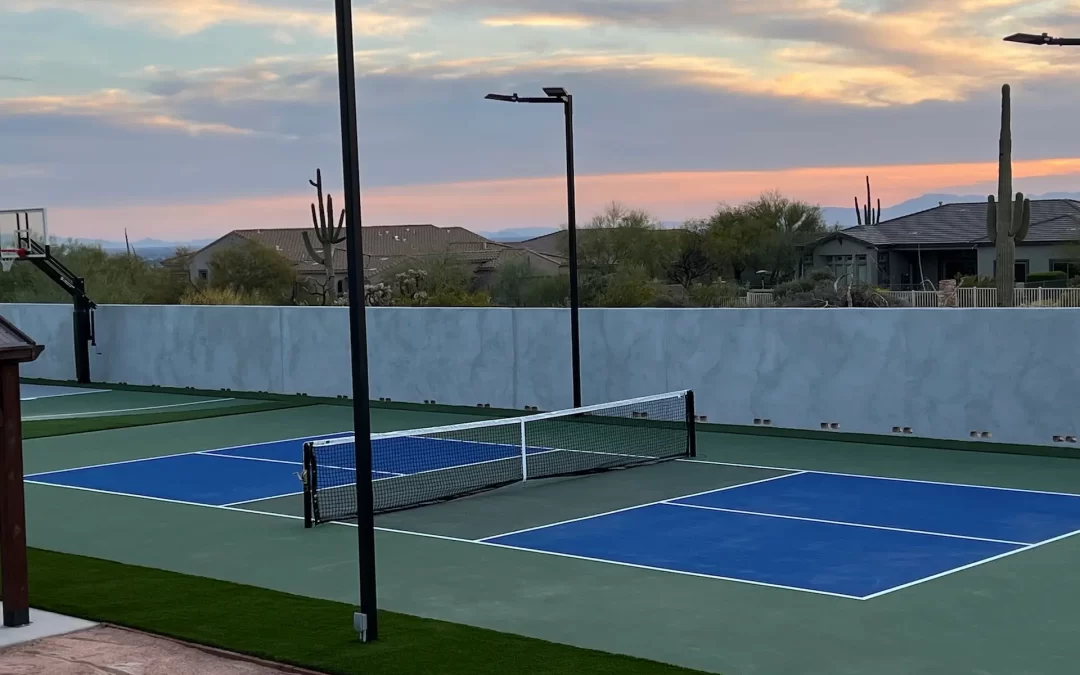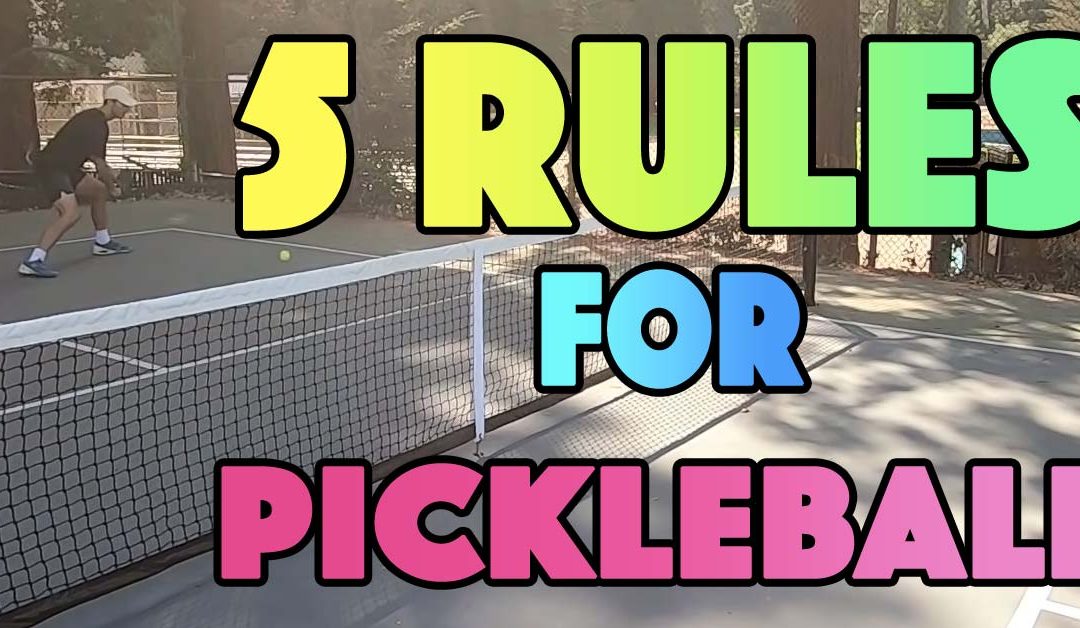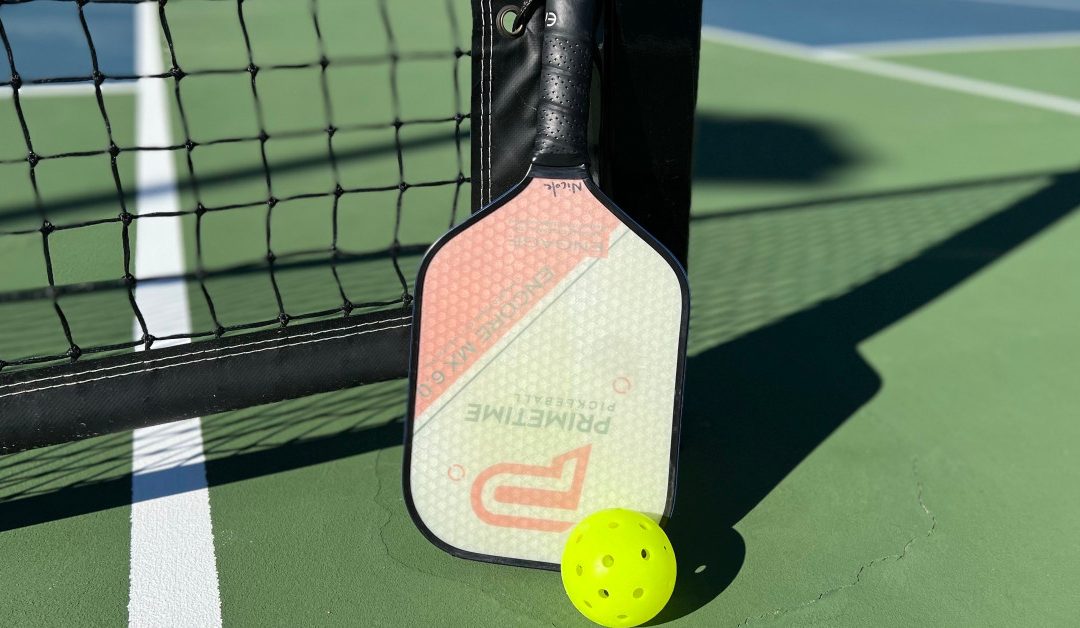Pickleball is one of the fastest growing sports in America. Ever since its creation in the mid 1960’s, it has gained a foothold in sports culture.
There are a wide range of participants – from beginner players to advanced players. I can be a game that is enjoyed by all in a recreational or competitive setting.
Pickleball was first created in the summer of 1965 by Joel Pritchard, Bill Bell, and Barney McCallum. They initially used a traditional Whiffle ball that had oblong holes in it as the ball. This lasted for a while, but then they decided to create their own ball in the early 1990s.
They did this by drilling holes into the balls – and having different amounts and sizes of holes for indoor and outdoor pickleball gaming and are of different plastic composition to accommodate for the different surfaces that are being played on. An outdoor ball is typically used on a hard court surface and need to be more durable due to the rougher surface of the court whereas as an indoor ball is generally used on an indoor wooden gym floor that is not as taxing on the ball.
As a pickleball player, you have a lot to choose from when getting a pickleball paddle, like getting a composite paddle, a wooden paddle, but when it comes to these plastic balls, you have two. One is softer ball and the other is a harder ball. We’ll dive more into the specifics as we go.
Are you ready to learn more about the different types of pickleball balls? Let’s go…
What Balls Do You Use For Pickleball?
It depends on where you want to play your game … or where the tournament is going to be.
People can play an indoor version or an outdoor version and there are balls that are designed specifically for either situation. One has larger-sized holes than the other.
There are also multi-purpose or hybrid balls on the market, but you are better off using one or the other that is specific to the surface you are playing on.
Here is a bit about both types of pickleball balls:
Indoor Pickleball
An indoor pickleball ball has softer plastic. Indoor pickleballs are designed for people who like to play pickleball inside on indoor pickleball courts.
These courts tend to have smooth surfaces, and won’t be as harsh on the ball. Indoor conditions offer fewer elements that can affect how the indoor balls move – like the wind.
Typically, they weigh 0.8 oz and they have 26 precision-molded holes in them. They do have larger holes than the outdoor ones.
If you were to hold an indoor ball in one hand and an outdoor one in the other, you would notice that the indoor one is slightly smaller, too. They don’t bounce as much, so you will have an easier time dealing with an incoming shot as it will slow down more after the bounce.
One downside of indoor balls is that you can’t use power shots to smash the ball as effectively as you would with an outdoor one. You’re going to find yourself involved in more extended rallies in that case, rather than just ending it with the first or second hard shot you hit.
Another drawback is that the indoor pickleball ball will get soft over extended play – it won’t crack but it will become hard to play with as it will be less responsive coming off your paddle and bounce even less than it’s already slow bounce. You’ll want to get a new one when you notice this happening.
Outdoor Pickleball
Outdoor pickleballs usually weigh 0.9 oz and have 40 precisely machine-drilled holes in them. They are designed to weather breezy conditions and the harder outdoor court surfaces that it will bounce off on the outdoor courts.
Outdoor games usually take place a surface identicall to that of a tennis hard court and other rough surfaces. This is a significantly different surface than a wooden indoor floor hence the need for different balls. The difference in weight and more durable plastic material helps to make them last longer.
Players who like power shots prefer this type of ball, since its harder composition makes it easier to hit it with more velocity. It also bounces of the court more reactively and is therefore hard to return.
What Is The Difference Between Indoor and Outdoor Pickleball Balls?
The main difference between the two balls is that the indoor ball has fewer holes in it and weighs a bit less than the outdoor ball. One is constructed of soft plastic (indoor) while the other is made of harder plastic (outdoor).
Indoor pickleball balls are better for people who like extended rallies while playing on indoor courts, while outdoor pickleball balls favor power players that prefer play on a hard surface. Keep in mind that a hard court surface (like a tennis court) may also be indoors and you would generally use an outdoor ball for that. The court surface matters substantially in decided what ball to use, even more so than if you are indoors or outdoors.
I often see players using an indoor ball outdoors and on a hard court surface and they are perfectly happy with it. Many aren’t even aware they’re using the “wrong” ball. So it’s not as if it can’t be done. An outdoor ball used on an indoor court with a wooden floor will be trickier because it will be more bouncy than most players just starting the game will like. And because of the harder and less rubbery exterior it will tend to skid more when it hard.
Outdoor balls also have more holes in them to try to offset the impact of wind.
Also keep in mind that since outdoor games are mostly played on a tennis court surface, an indoor ball would get damaged faster than an outdoor one if used outdoors.
You need to take all of this into consideration when buying a pickleball ball.
Do Pickleball Balls Wear Out?
The balls that are used on indoor courts tend to wear out a bit faster than the outdoor ones. The soft plastic tends to just get soft spots and becomes “dead” though they do not typically crack. It doesn’t go the distance after the bounce that it used to and is less jumpy of your paddle then when it was new.
Thought the outdoor ball doesn’t usually get soft unless it is very hot outside, it does tend to get worn and the surface roughens. It is also very common that outdoor pickleball crack after a good amount of play. Also, the hard players hit, the sooner they will crack.
In either case, you will want to replace the balls relatively regularly regardless if you play on indoor or outdoor courts. There are no balls that can be used endlessly.
You will be out shopping for a pickleball ball sooner rather than later so it’s best to buy several at a time. I commonly buy them in packs of 12 or more.
Pickleball Brands & Colors
Getting the right equipment will help you better settle into the sport of Pickleball.
If you want to compete in pickleball tournament play, the regulation balls that are used have to be approved by USA Pickleball and must meet official ball specifications. The tournament will supply balls and you will want to practice with that type of ball as the tournament approaches to get used to it since balls from different companies play differently even though they may both be designated as an “indoor” ball or an “outdoor” ball.
There are many different companies that make them – a short list of ball brands would include:
- Jugs Pickleball or Jugs Balls
- Selkirk
- Franklin Sports
- Onix Sports
- Gamma Sports
When you are buying any of these balls, look for the USA Pickleball seal of approval to be sure it is a regulation ball.
When you go shopping, you will find that there are a variety of ball colors. It would be a good idea to get them in bright shades that contrast well with the court and the surroundings so that you still have excellent visibility. Optic yellow is the most common but pink, green, blue and others can be found as well.
Playing balls are typically a uniform color. You will find some two tone pickleballs used for training so that a player can see what kind of spin they are imparting on the ball.
Hopefully, this has helped you learn more about pickleball balls. If it has piqued your interest, go grab a paddle and have fun.
Related Questions
How Much Do Pickleball Balls Cost?
You can typically find balls sold in small packs of 4 or 6 that work out to about $3 per ball or you can get a large volume of balls in bulk for a bit less per ball like this pack of Dura Fast 40 balls found here.
Can An Indoor Or Outdoor Ball Be Used Interchangeably?
The answer to that question depends on your level of play. Are you a casual player?
Then there shouldn’t be too much difference in how the ball acts for you. If you are a competitive player, you will definitely notice how each ball behaves and you should use the type that fits the environment.
There are some brands that also make a hybrid ball, but it is better to get either an indoor our outdoor ball since they are relatively inexpensive.






